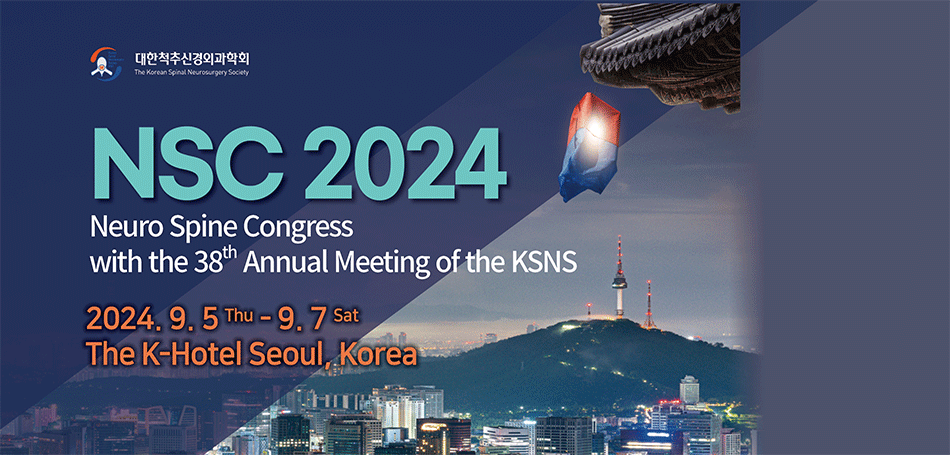| Thermographic Assessment of Transforaminal Endoscopic Lumbar Discectomy |
|
Chul-Jae Lee, M.D., Byung-Chan Jeon, M.D., Tae-Sang Chun, M.D., Nam-Kyu Kim, M.D., Yong-Sook Park, M.D. |
|
Department of Neurosurgery, Kosin University College of Medicine, Busan, Korea |
| Thermographic Assessment of Transforaminal Endoscopic Lumbar Discectomy |
|
Chul-Jae Lee, M.D., Byung-Chan Jeon, M.D., Tae-Sang Chun, M.D., Nam-Kyu Kim, M.D., Yong-Sook Park, M.D. |
|
|
|
|
|
|
| Abstract |
Objective: This study was designed to demonstrate thermographic assessment of transforaminal endoscopic discectomy for the treatment of lumbar disc herniations.
Methods: Between June 2002 and March 2004, 129 patients underwent transforaminal endoscopic discectomy for the treatment of lumbar soft disc herniations presenting with leg pain, confirmed by magnetic resonance imaging scan. Among them sixty patients who underwent digital infrared thermographic imaging(DITI) before operation and at 6 weeks after operation were analyzed prospectively. Thermographic assessment was done using Jeon's delta T score. Clinical outcome was evaluated using the Macnab criteria.
Results: The male/female ratio was 32:28. The average age was 38.2 years. The clinical success rate was 90.0% at immediate postoperation and 88.3% at 6 weeks after operation. The thermographic success rate was 86.7% at immediate postoperation and 89.4% at 6 weeks after operation. There was no statistically significant difference in clinical and thermographic success rate between immediate postoperation and 6 weeks after operation.
Conclusion: The authors suggest that clinical and thermographic improvement after transforaminal endoscopic lumbar discectomy could be maintained at 6 weeks after operation, and DITI could be a very useful method to asses the clinical outcome. |
| Keywords:
Lumbar disc herniation.Transforaminal endoscopic discectomy.Digital infrared thermographic imaging |
|

 PDF Links
PDF Links
 Full text via DOI
Full text via DOI
 Download Citation
Download Citation






























